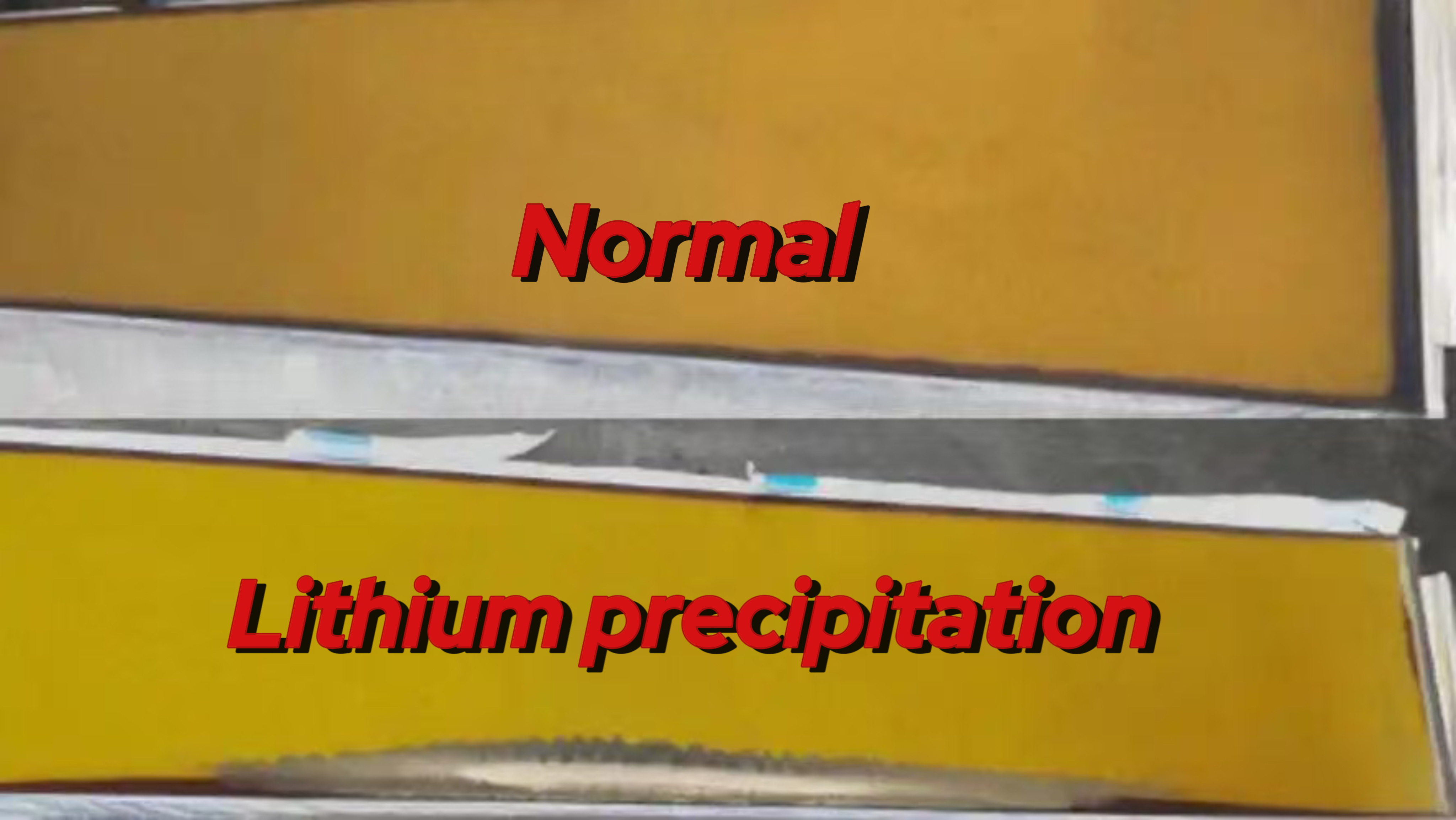Detailed explanation of four efficient methods for identifying lithium-ion battery abnormalities: voltage curve analysis, dV/dQ analysis, electrochemical impedance spectroscopy (EIS) and ultrasonic testing.
As the core of modern energy storage, the performance and safety of lithium-ion batteries have attracted much attention. Lithium deposition (abnormal deposition of lithium metal on the negative electrode surface) is a key cause of battery capacity decay and thermal runaway. Traditional testing requires disassembly of the battery, but the following four non-destructive technologies can achieve accurate diagnosis of lithium deposition in lithium-ion batteries, taking into account both efficiency and safety.
1. Voltage curve analysis
When charging a lithium-ion battery, the normal voltage should rise steadily as the capacity increases. If a voltage platform drops at the end of charging, it may indicate lithium deposition. Lithium deposition consumes active lithium ions, reduces effective capacity, and causes voltage to decay prematurely. This method quickly locates abnormalities by monitoring the charge and discharge curves of lithium-ion batteries in real time.
2. dV/dQ analysis
By calculating the differential value of voltage to capacity (dV/dQ), the phase change characteristic peak of the graphite negative electrode can be identified. When lithium ions are deposited in lithium-ion batteries, the insertion of lithium ions is hindered, resulting in a shift in the characteristic peak or a decrease in the peak value. This technology has high sensitivity and is suitable for early warning of lithium deposition.
3. Electrochemical impedance spectroscopy (EIS) analysis
Lithium deposition will generate "dead lithium", which will hinder the transmission of lithium ions between electrodes and increase the interface impedance. In EIS detection, the increase in the high-frequency semicircle diameter (corresponding to the increase in charge transfer impedance R-ct) can be directly related to the degree of lithium deposition.
4. Ultrasonic testing method
Ultrasonic detection (TOF) uses the regularity of the internal structure of lithium-ion batteries to identify lithium deposition through echo changes. Lithium deposition causes the surface of the material to be rough and changes the ultrasonic propagation characteristics. Although this technology is currently only applicable to soft-pack lithium-ion batteries and requires lithium deposition to reach a certain level, its non-invasive advantage is significant.
All of the above methods can achieve rapid diagnosis and risk assessment of lithium plating without disassembling the lithium-ion battery. From voltage curves to ultrasonic technology, these innovative methods provide efficient solutions for lithium-ion battery research and development, operation and maintenance, and fault diagnosis, helping to extend battery life and improve safety.
All of the above methods can achieve rapid diagnosis and risk assessment of lithium plating without disassembling the lithium-ion battery. From voltage curves to ultrasonic technology, these innovative methods provide efficient solutions for lithium-ion battery research and development, operation and maintenance, and fault diagnosis, helping to extend battery life and improve safety.
 +86 13332949210
+86 13332949210 info@xihobattery.com
info@xihobattery.com







 Xiho
Xiho May 14 2025
May 14 2025











